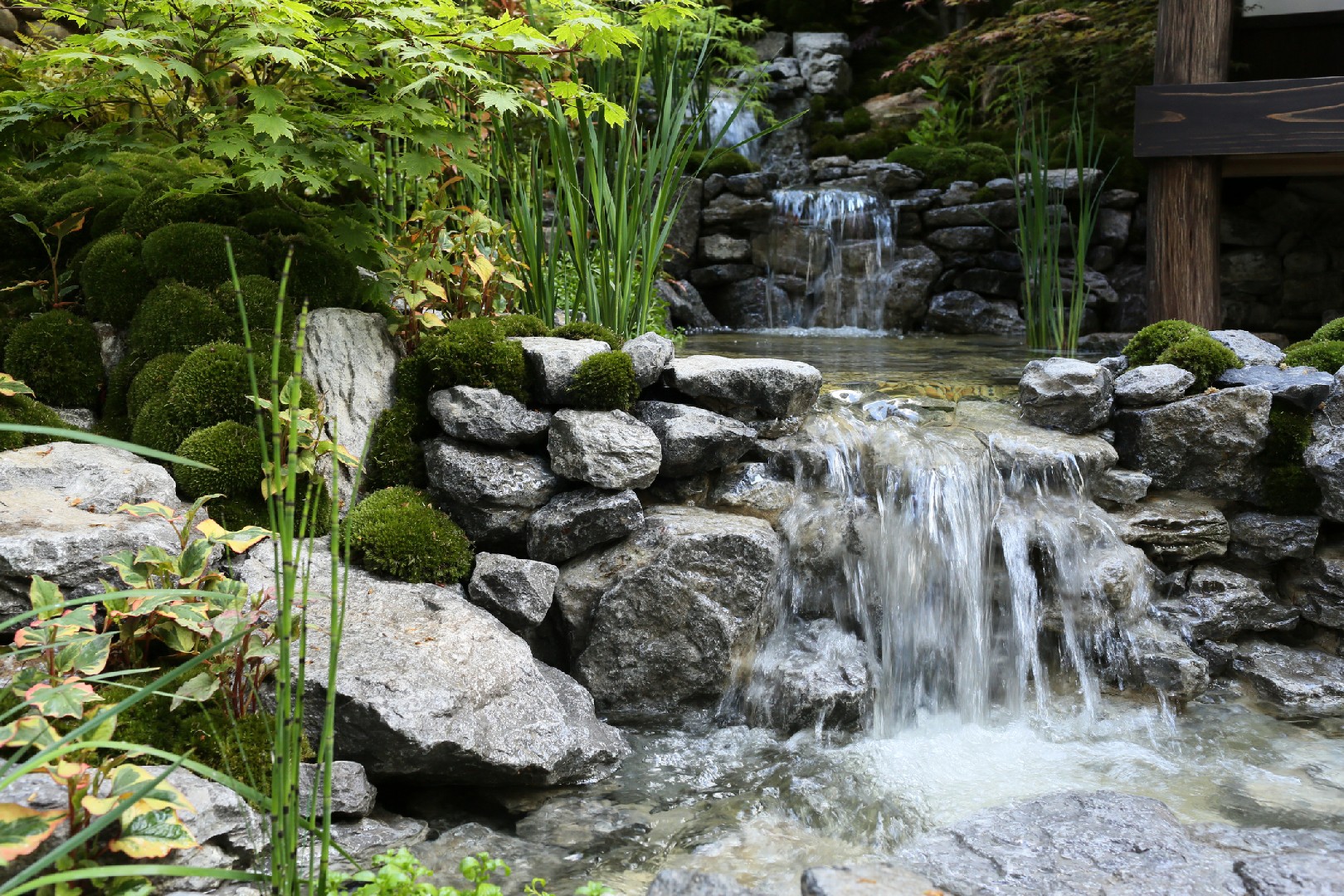![Rectangle]()
Basics of Creating Flow: Techniques and Considerations
Creating flow in a garden is a true art form that requires careful planning and skillful execution. It involves the strategic placement of water elements to create a sense of movement and harmony. In this section, we will explore some essential guidelines, key considerations, and different techniques to help you master the artistic craft of water movement in your garden design.
To begin with, it is important to consider the overall theme and style of your garden when introducing water movement. Whether you have a traditional, modern, or eclectic garden, the water elements should seamlessly blend with the existing design. For a cohesive look, you can choose water features that complement the surrounding landscape, such as a stone waterfall in a rustic garden or a sleek fountain in a contemporary setting.
One of the most important considerations for successful flow management in your garden is the elevation. Water naturally flows downhill, so take advantage of slopes and gradients to create mesmerizing cascades or gentle streams. By carefully shaping the terrain or using retaining walls, you can control the direction and speed of the water, enhancing the overall flow experience.
Another technique to create unique water movements is the use of different materials and textures. Consider incorporating elements like pebbles, rocks, or gravel to create interesting patterns and add visual interest to the water features. Additionally, you can use aquatic plants like water lilies or ornamental grasses to soften the edges and provide a natural setting for the water movement.
An often overlooked aspect of creating flow in a garden is the sound of water. The gentle sound of flowing water can create a soothing and rejuvenating atmosphere, enhancing the overall sensory experience. Consider installing water features with adjustable flow rates to control the sound level and create a tranquil ambience that complements your garden design.
When it comes to maintenance, it is important to keep the water features clean and free from debris. Regularly remove leaves, algae, and other debris to ensure optimal flow and prevent clogs. Additionally, consider using a filtration system to maintain water quality and prevent the growth of harmful bacteria.
In conclusion, mastering the artistic craft of water movement in garden design requires a combination of creativity, knowledge, and practical skills. By following the guidelines and considerations outlined in this section, you can create a garden that is not only visually stunning but also provides a sense of tranquility and harmony. Remember to consider the overall theme of your garden, utilize elevation and different materials, and pay attention to the sound and maintenance of the water features. With these techniques, you can truly create a masterpiece that captures the essence of flow in your garden.





